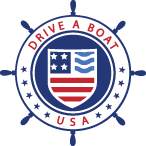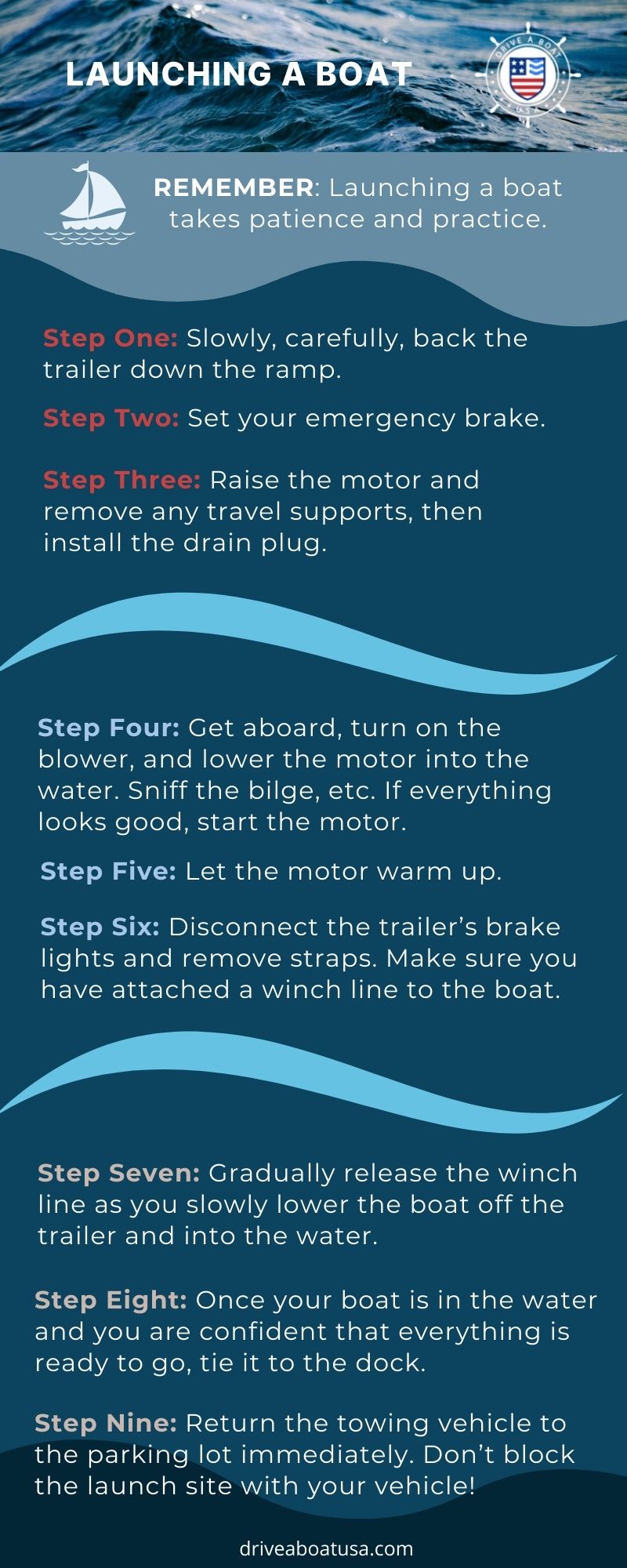How to Launch a Boat: Complete Guide
Launching a boat can be nerve-wracking, especially if you don’t have much (or any) experience. However, it’s possible to follow some easy steps to greatly increase your chances of success. Get ready to learn how to get your boat into the water smoothly and safely, every time!
Part One: Boat launch prep
Before you get your vehicle and trailer to the launch site, there are two important things you need to do:
- Practise driving with your boat trailer hitched up, especially backing up and turning. Don’t wait to do this at the launch site, or you might accidentally damage other people’s vehicles or gear, or end up with your truck in the lake.
- Load up your boat with all the equipment you will be taking out on the water. This includes tying on buoys and fenders. Remember to check the maximum weight you can load as indicated on your Boat Capacity Plate. Never park in the boat launch area to prepare your boat.
Always prep your boat away from the ramp so you don’t get in anybody’s way or cause unnecessary delays!
Part Two: Launching the boat
Once you are at the site, it’s time to get your boat into the water, one step at a time. Make sure you have equipped your boat with all necessary safety gear, including marine distress signals , boat navigation lights and PFDs for each passenger including children and people being towed. Regular complete boat maintenance is really important to keeping your boat in safe, working condition.
- Drive to the boat ramp and slowly, carefully, back the trailer down the ramp, always keeping the towing vehicle’s wheels out of the water.
- Set your emergency brake and block the wheels. Shift into Park if you are driving an automatic.
- Raise the motor and remove any travel supports, then install the drain plug. Check the drain plug repeatedly as you get ready to launch, as it is very important that the plug is installed correctly.
- Get aboard, turn on the blower, and lower the motor into the water. Make sure the cooling water intake holes on the lower unit of the engine are submerged. Check whether there is water entering the boat. Sniff the bilge to be sure there is no gasoline in it, and check the fuel tank and fluid levels. Be sure that your ventilation system is installed correctly and functioning. If you have an outboard with a fuel primer, pump the fuel primer. Check the drain plug again, and if everything looks good, start the motor.
- Let the motor warm up.
- Unplug or disconnect the trailer’s brake lights if they are not waterproof. Remove all the straps that tie your boat to the trailer and disconnect the trailer wiring. Make sure you have attached a winch line to the boat.
- Gradually release the winch line and slowly lower the boat off the trailer and into the water. You will be able to get the boat into the water by giving it a slight shove or by backing the boat off the trailer using the boat’s power.
- Once your boat is in the water and you are confident that the motor is functioning and you are ready to go, tie it to the dock.
- Return the towing vehicle to the parking lot immediately. Don’t block the launch site with your vehicle!
Launching a boat by yourself
If you’re launching your boat all by yourself, you can attach lines to the bow and the stern, and use them to guide the boat and keep it steady as it releases into the water. Once it’s in the water, tie your boat to the dock, and immediately remove your vehicle from the ramp.
Launching a boat with a partner
You may not need a bow line if there are two people launching the boat. One person can sit in the boat and drive it off the trailer once it’s ready to launch. Remember to release the winch line beforehand.
Tips for launching a boat
You might feel a lot of pressure when launching your boat, especially if there are people watching – and possibly waiting impatiently for their turn. If you are less experienced, this can be pretty unnerving.
Be Prepared: The best way to minimize your anxiety is to be prepared. Prep everything you can away from the launch site, maintain your boat and engine correctly, and memorize the steps you’ll have to follow to get it into the water. This will free up your mind to deal with what’s actually going on during the launch, instead of checking instructions or verifying equipment at the last minute.
Start Your Engine Early: If there are any issues with your boat engine, you can more easily retreat and deal with them if your boat is not already completely in the water. Start your boat engine and let it warm up for a couple of minutes while your boat is still on the trailer and attached to the winch line. If something isn’t working, you can quickly leave the launch site and fix it.
Practice: There’s nothing like practice to make the perfect launch. Gather your courage and try to ignore curious onlookers. There’s a first time for everything. If possible, try launching your boat early in the morning before things get too busy, to give yourself more peace of mind and even a bit of extra time to get your boat in the water.
Once you have a good launch routine, stick with it!
Drive A Boat USA offers state-approved boating licenses
Following good launching etiquette is important. You’ll make more friends than enemies, and avoid accidentally causing damage. Learning the rules of the road with an online boater safety course can be a great way to be sure you’re always following the rules.
And remember, whether you’re taking to the water in New York, California, Florida or elsewhere in the US, file a float plan before heading out!
Get your state-approved boating licence from Drive A Boat USA today.


